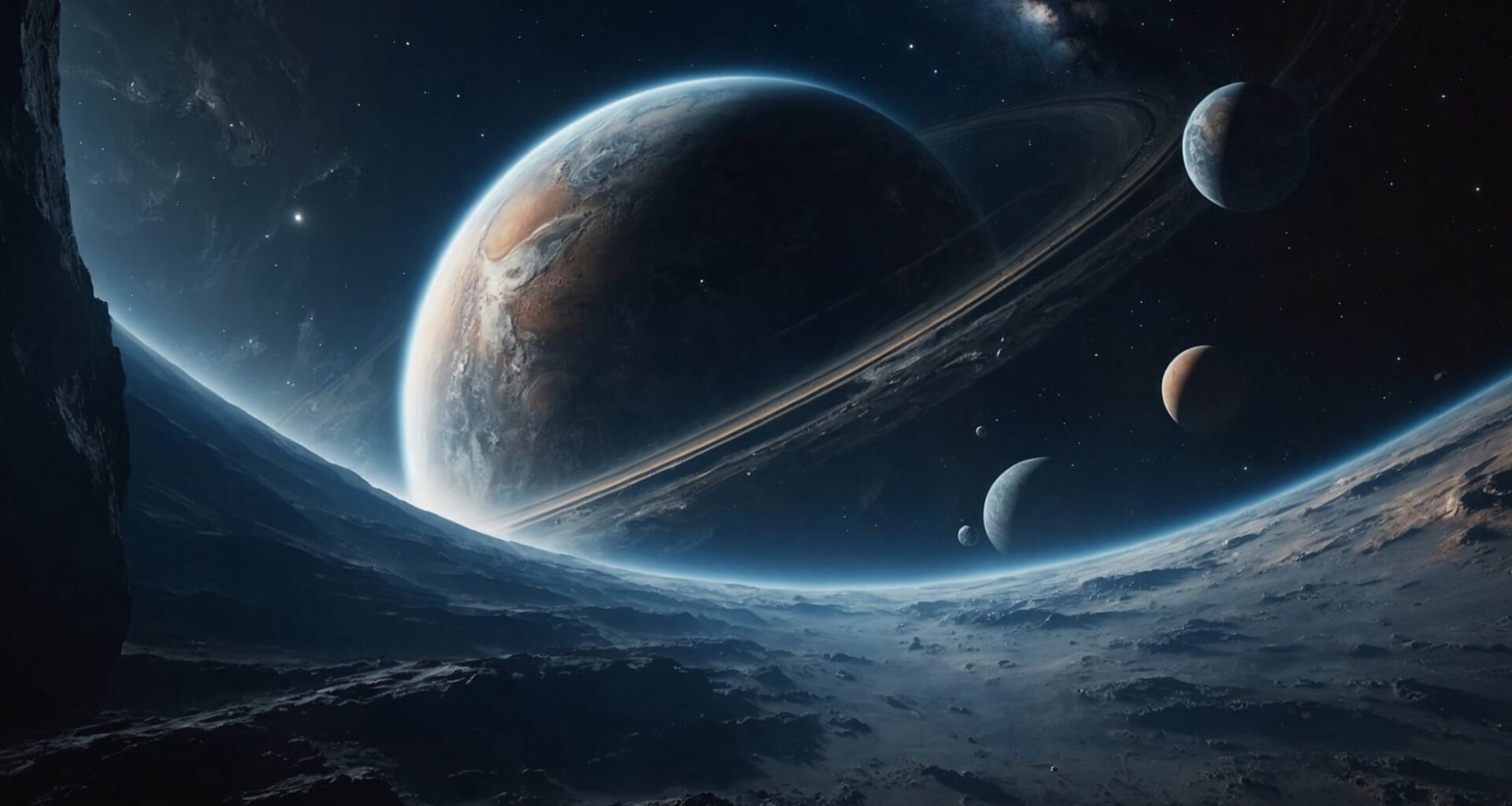Many breakthroughs in astronomy were not the result of carefully planned missions but rather the byproduct of unrelated research. Whether by observing sunspots, tracking satellites, or searching for comets, astronomers have repeatedly stumbled upon findings that changed the course of cosmology. As highlighted by Gizmodo, these unexpected events emphasize the unpredictable nature of the universe. In a field that relies heavily on precision and planning, some of the most transformative data has come from persistent curiosity in the face of confusion. What began as errors, misreadings, or background noise led to some of the most enduring concepts in space science—proving that progress in astronomy is as much about paying attention to the unexpected as it is about asking the right questions.
Uranus: The First New Planet Spotted with a Telescope, Mistaken for a Comet
In 1781, British astronomer William Herschel identified a faint, slow-moving object while cataloging stars in the constellation Gemini. Believing it to be a comet, he noted its unusual motion. It was Anders Johan Lexell, a Finnish-Swedish astronomer, who calculated the object’s orbit and demonstrated that it was not a comet, but a new planet—Uranus. It was the first planet discovered with a telescope, expanding the known limits of the solar system.

Ceres: From Suspected Comet to Dwarf Planet through Centuries of Confusion
In 1801, while mapping star positions, Italian astronomer Giuseppe Piazzi observed a point of light that shifted position night after night. Assuming it was a comet, Piazzi tracked its movement, but later observations revealed it was orbiting between Mars and Jupiter. Named Ceres, it was initially classified as a planet, then an asteroid, and ultimately reclassified in 2006 as a dwarf planet by the International Astronomical Union. Its evolving status reflects how astronomical categories have developed over time.

The Carrington Event: Solar Flare Recorded by Chance during Sunspot Tracking
In 1859, Richard Carrington, while observing sunspots, recorded a sudden and intense burst of light from the Sun. This observation was later identified as a solar flare, associated with what is now known as the Carrington Event—the most powerful geomagnetic storm on record. The event caused aurorae visible near the equator and disrupted telegraph systems. Carrington’s accidental documentation became the first confirmed observation of solar flares.

Cosmic X-Rays: Unexpected Findings While Observing the Moon’s Shadow
In 1962, astrophysicist Riccardo Giacconi and his team were investigating whether solar X-rays could be reflected by the Moon. During these observations, they detected a background of X-rays that did not originate from the Sun or its reflection. The radiation was traced to sources beyond the solar system, marking the beginning of X-ray astronomy. This led to the development of instruments like the Chandra X-ray Observatory, which now plays a major role in high-energy astrophysics.

The Big Bang’s Afterglow: Strange Static That Wasn’t a Technical Glitch
In 1964, Arno Penzias and Robert Wilson were testing a radio receiver at Bell Telephone Laboratories and encountered a persistent hissing noise that could not be explained by equipment malfunction or environmental interference. After ruling out all local causes, they realized they had detected the cosmic microwave background—thermal radiation left over from the early universe, predicted by the Big Bang theory. Their finding provided empirical support for the theory of a hot, dense origin of the universe.

The First Pulsar: A Strange Signal Hidden in Telescope Noise
In 1967, graduate student Jocelyn Bell noticed an unusual, regular signal in radio data collected with a new telescope. Initially considered noise, the signal repeated with extreme precision. Further investigation confirmed it originated from a rapidly rotating neutron star, now known as a pulsar. The discovery revealed a new class of celestial objects. Although the Nobel Prize in Physics for the finding went to her male supervisors, Bell’s contribution remains a cornerstone in radio astronomy.

Gamma-Ray Bursts: Cosmic Explosions Discovered by Military Satellites
During the late 1960s, Vela satellites launched by the United States to monitor compliance with nuclear test bans detected brief flashes of gamma rays that did not correspond to known weapons tests. The signals were traced to deep space. In 1973, Los Alamos National Laboratory scientists confirmed the bursts were astrophysical in origin. These gamma-ray bursts (GRBs) are now considered the most energetic explosions in the universe, often linked to collapsing stars or merging neutron stars.

The First Confirmed Exoplanets: Hidden in the Pulse of a Dead Star
In 1992, astronomers Aleksander Wolszczan and Dale Frail discovered two exoplanets orbiting a pulsar, a rotating neutron star emitting regular radio pulses. This was the first confirmed detection of planets outside the solar system. Unlike traditional planetary systems, this one formed in the aftermath of a supernova. The discovery demonstrated that planetary formation could occur under extreme conditions, and paved the way for thousands of subsequent exoplanet detections using methods such as radial velocity and transit photometry.

Dark Energy: Unexpected Acceleration Revealed by a Dim Supernova
In 1998, two independent teams studying distant Type 1a supernovae found that these stellar explosions appeared dimmer than expected. Their measurements indicated that the expansion of the universe was accelerating, not slowing down as previously thought. To explain this, cosmologists introduced the concept of dark energy, a form of energy with negative pressure driving the expansion. This insight reshaped cosmology, suggesting that dark energy accounts for roughly 70% of the universe’s total energy density.

Fast Radio Bursts: Five Milliseconds That Opened a New Cosmic Mystery
In 2007, Duncan Lorimer and David Narkevic were reviewing archived pulsar survey data when they found a powerful, isolated burst of radio waves from 2001. Lasting only five milliseconds, the event released energy equivalent to what the Sun emits in a month. Now classified as a fast radio burst (FRB), this phenomenon remains poorly understood. Several theories suggest origins ranging from magnetars to exotic astrophysical objects. Since then, hundreds of FRBs have been detected, but their precise nature is still under investigation.


